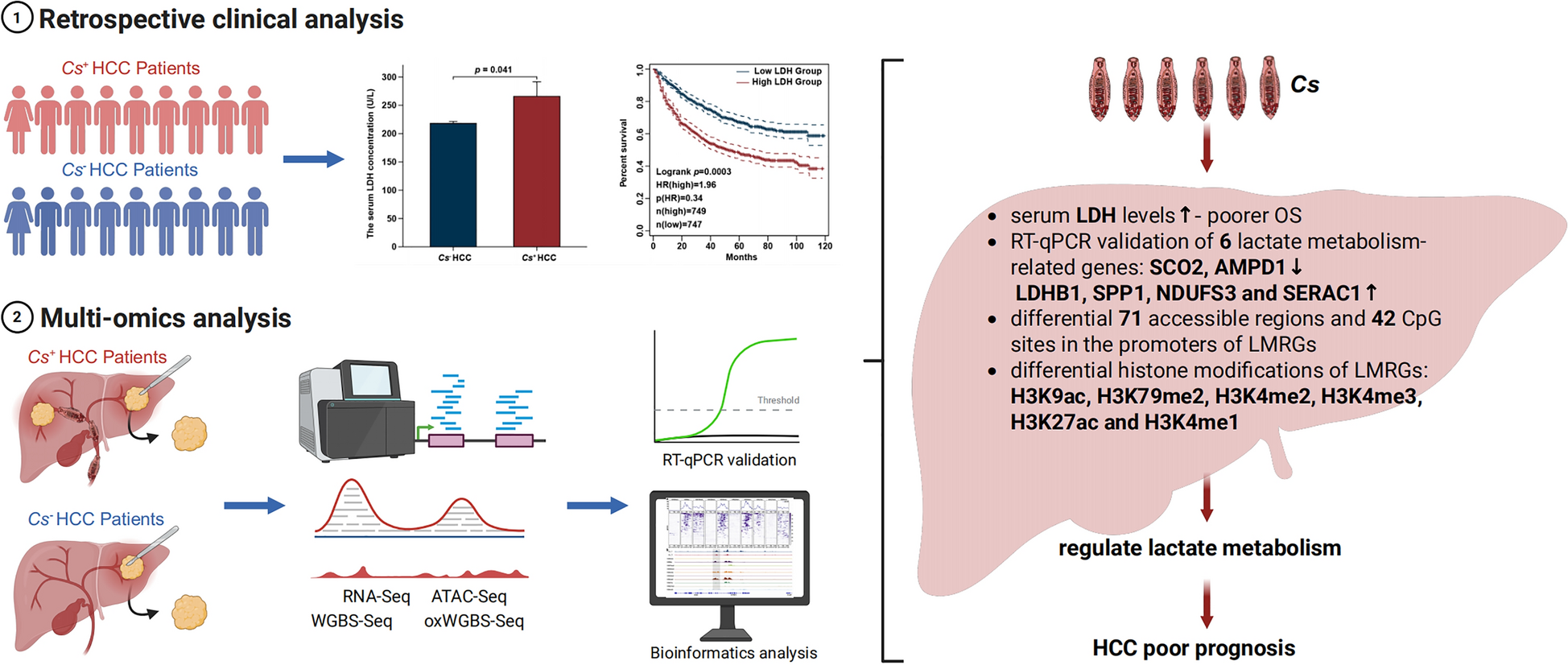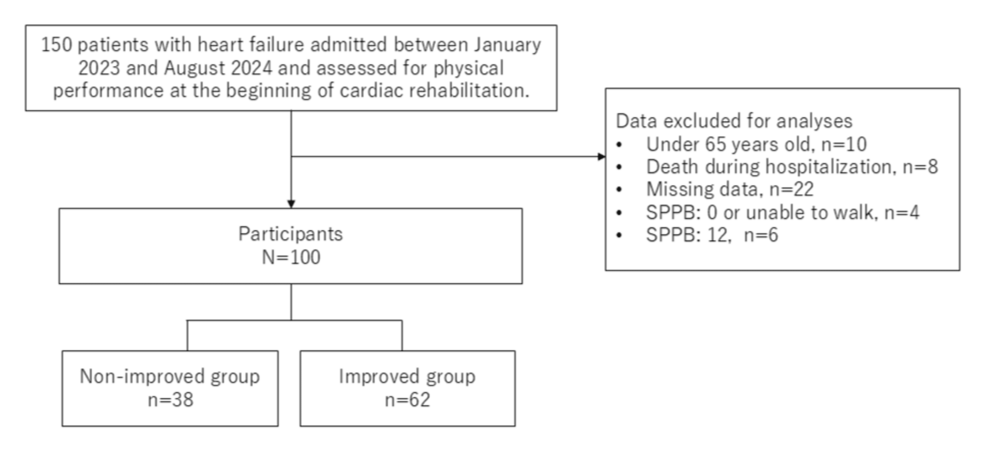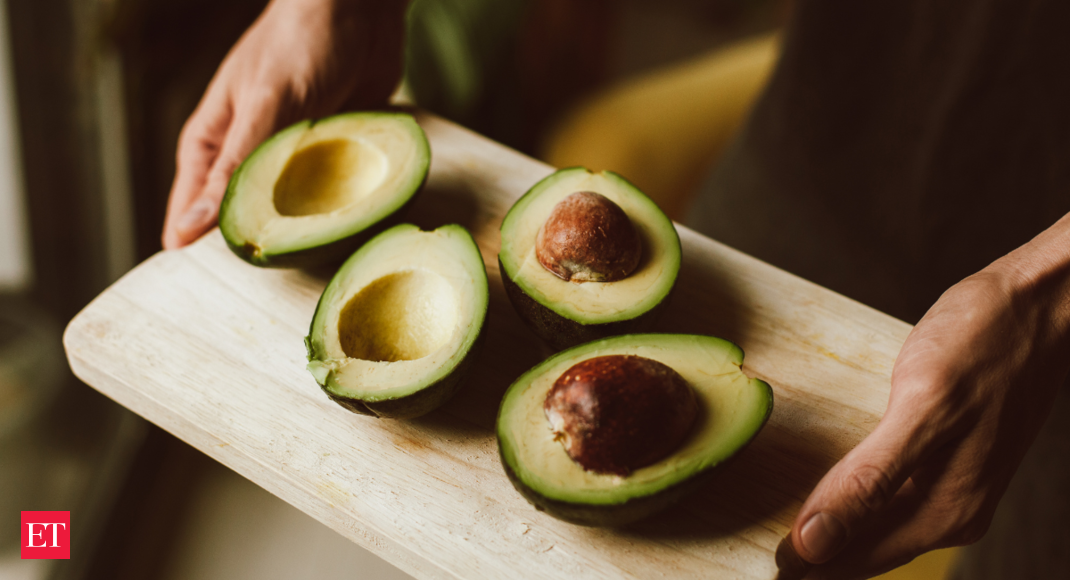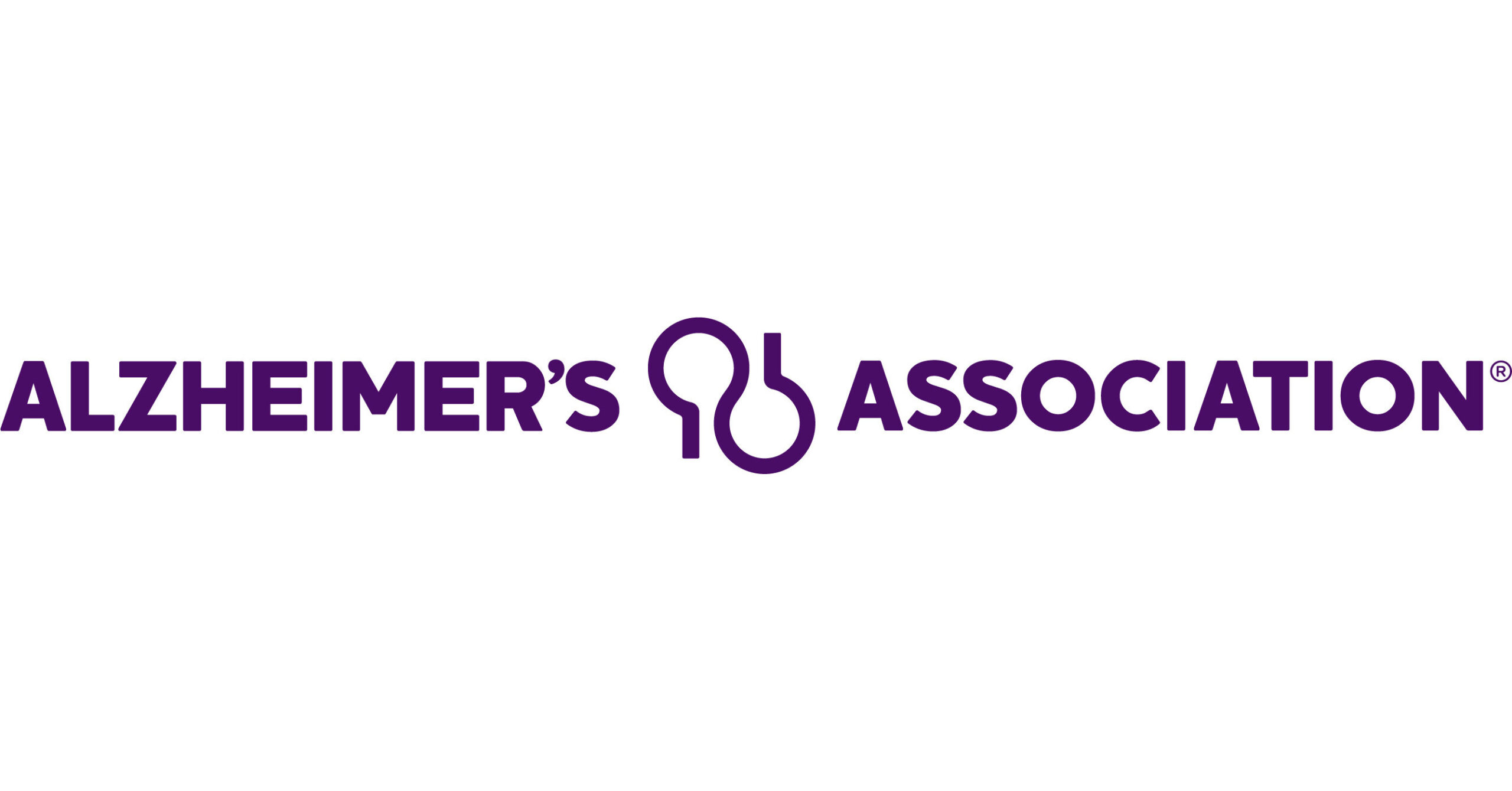Guo Q, Zhu X, Beeraka NM, Zhao R, Li S, Li F, et al. Projected epidemiological trends and burden of liver cancer by 2040 based on GBD, C15 Plus, and WHO data. Sci Rep. 2024;14:28131. https://doi.org/10.1038/s41598-024-77658-2.
Article
CAS
Google Scholar
Dasgupta P, Henshaw C, Youlden DR, Clark PJ, Aitken JF, Baade PD. Global trends in incidence rates of primary adult liver cancers: a systematic review and meta-analysis. Front Oncol. 2020;10:171. https://doi.org/10.3389/fonc.2020.00171.
Article
Google Scholar
Forner A, Reig M, Bruix J. Hepatocellular carcinoma. Lancet. 2018;391:1301–14. https://doi.org/10.1016/s0140-6736(18)30010-2.
Article
Google Scholar
Shetty S, Sharma N, Ghosh K. Epidemiology of hepatocellular carcinoma (hcc) in hemophilia. Crit Rev Oncol Hematol. 2016;99:129–33. https://doi.org/10.1016/j.critrevonc.2015.12.009.
Article
Google Scholar
Na BK, Pak JH, Hong SJ. Clonorchis sinensis and clonorchiasis. Acta Trop. 2020;203:105309. https://doi.org/10.1016/j.actatropica.2019.105309.
Article
CAS
Google Scholar
Kim EM, Kwak YS, Yi MH, Kim JY, Sohn WM, Yong TS. Clonorchis sinensis antigens alter hepatic macrophage polarization in vitro and in vivo. PLoS Negl Trop Dis. 2017;11:e0005614. https://doi.org/10.1371/journal.pntd.0005614.
Article
Google Scholar
Flores-Guerrero JL. Clonorchis sinensis and carcinogenesis risk: biomarkers and underlying pathways. In: Velázquez-Márquez N, Paredes-Juárez GA, Vallejo-Ruiz V, editors. Pathogens associated with the development of cancer in humans: omics, immunological, and pathophysiological studies. Cham: Springer Nature Switzerland; 2024. p. 257–67.
Google Scholar
Wei C, Chen J, Yu Q, Qin Y, Huang T, Liu F, et al. Clonorchis sinensis infection contributes to hepatocellular carcinoma progression via enhancing angiogenesis. PLoS Negl Trop Dis. 2024;18:e0012638. https://doi.org/10.1371/journal.pntd.0012638.
Article
CAS
Google Scholar
Smout MJ, Lin Q, Tang Z, Qin Y, Deng X, Wei C, et al. Clonorchis sinensis infection amplifies hepatocellular carcinoma stemness, predicting unfavorable prognosis. PLoS Negl Trop Dis. 2024. https://doi.org/10.1371/journal.pntd.0011906.
Article
Google Scholar
Hanahan D, Weinberg RA. Hallmarks of cancer: the next generation. Cell. 2011;144:646–74. https://doi.org/10.1016/j.cell.2011.02.013.
Article
CAS
Google Scholar
Liao ZX, Kempson IM, Hsieh CC, Tseng SJ, Yang PC. Potential therapeutics using tumor-secreted lactate in nonsmall cell lung cancer. Drug Discov Today. 2021;26:2508–14. https://doi.org/10.1016/j.drudis.2021.07.014.
Article
CAS
Google Scholar
Brown TP, Bhattacharjee P, Ramachandran S, Sivaprakasam S, Ristic B, Sikder MOF, et al. The lactate receptor gpr81 promotes breast cancer growth via a paracrine mechanism involving antigen-presenting cells in the tumor microenvironment. Oncogene. 2020;39:3292–304. https://doi.org/10.1038/s41388-020-1216-5.
Article
CAS
Google Scholar
Hao Z-N, Tan X-P, Zhang Q, Li J, Xia R, Ma Z. Lactate and lactylation: dual regulators of t-cell-mediated tumor immunity and immunotherapy. Biomolecules. 2024;14:1646.
CAS
Google Scholar
Liu X, Zhang Y, Li W, Zhou X. Lactylation, an emerging hallmark of metabolic reprogramming: current progress and open challenges. Front Cell Dev Biol. 2022;10:972020. https://doi.org/10.3389/fcell.2022.972020.
Article
Google Scholar
Chen H, Li Y, Li H, Chen X, Fu H, Mao D, et al. Nbs1 lactylation is required for efficient DNA repair and chemotherapy resistance. Nature. 2024;631:663–9. https://doi.org/10.1038/s41586-024-07620-9.
Article
CAS
Google Scholar
Jin Z, Lu Y, Wu X, Pan T, Yu Z, Hou J, et al. The cross-talk between tumor cells and activated fibroblasts mediated by lactate/bdnf/trkb signaling promotes acquired resistance to anlotinib in human gastric cancer. Redox Biol. 2021;46:102076. https://doi.org/10.1016/j.redox.2021.102076.
Article
CAS
Google Scholar
Xie B, Zhang M, Li J, Cui J, Zhang P, Liu F, et al. Kat8-catalyzed lactylation promotes eef1a2-mediated protein synthesis and colorectal carcinogenesis. Proc Natl Acad Sci USA. 2024;121:e2314128121. https://doi.org/10.1073/pnas.2314128121.
Article
CAS
Google Scholar
Guo XJ, Huang XY, Yang X, Lu JC, Wei CY, Gao C, et al. Loss of 5-hydroxymethylcytosine induces chemotherapy resistance in hepatocellular carcinoma via the 5-hmc/pcaf/akt axis. Cell Death Dis. 2023;14:79. https://doi.org/10.1038/s41419-022-05406-3.
Article
CAS
Google Scholar
Feng F, Wu J, Chi Q, Wang S, Liu W, Yang L, et al. Lactylome analysis unveils lactylation-dependent mechanisms of stemness remodeling in the liver cancer stem cells. Adv Sci. 2024;11:e2405975. https://doi.org/10.1002/advs.202405975.
Article
CAS
Google Scholar
Liberzon A, Subramanian A, Pinchback R, Thorvaldsdóttir H, Tamayo P, Mesirov JP. Molecular signatures database (msigdb) 3.0. Bioinformatics. 2011;27:1739–40. https://doi.org/10.1093/bioinformatics/btr260.
Article
CAS
Google Scholar
Bush SJ. Read trimming has minimal effect on bacterial snp-calling accuracy. Microbial Genom. 2020;6:mgen000434. https://doi.org/10.1099/mgen.0.000434.
Article
Google Scholar
Kim D, Pertea G, Trapnell C, Pimentel H, Kelley R, Salzberg SL. Tophat2: Accurate alignment of transcriptomes in the presence of insertions, deletions and gene fusions. Genome Biol. 2013;14:R36. https://doi.org/10.1186/gb-2013-14-4-r36.
Article
CAS
Google Scholar
Liao Y, Smyth GK, Shi W. Featurecounts: an efficient general purpose program for assigning sequence reads to genomic features. Bioinformatics. 2014;30:923–30. https://doi.org/10.1093/bioinformatics/btt656.
Article
CAS
Google Scholar
Love MI, Huber W, Anders S. Moderated estimation of fold change and dispersion for RNA-seq data with DESeq2. Genome Biol. 2014;15:550. https://doi.org/10.1186/s13059-014-0550-8.
Article
CAS
Google Scholar
Xu S, Hu E, Cai Y, Xie Z, Luo X, Zhan L, et al. Using clusterprofiler to characterize multiomics data. Nat Protoc. 2024;19:3292–320. https://doi.org/10.1038/s41596-024-01020-z.
Article
CAS
Google Scholar
Langmead B. Aligning short sequencing reads with bowtie. Curr Protoc Bioinform. 2010. https://doi.org/10.1002/0471250953.bi1107s32.
Article
Google Scholar
Tarasov A, Vilella AJ, Cuppen E, Nijman IJ, Prins P. Sambamba: fast processing of ngs alignment formats. Bioinformatics. 2015;31:2032–4. https://doi.org/10.1093/bioinformatics/btv098.
Article
CAS
Google Scholar
Robinson JT, Thorvaldsdóttir H, Winckler W, Guttman M, Lander ES, Getz G, et al. Integrative genomics viewer. Nat Biotechnol. 2011;29:24–6. https://doi.org/10.1038/nbt.1754.
Article
CAS
Google Scholar
Wang Q, Li M, Wu T, Zhan L, Li L, Chen M, et al. Exploring epigenomic datasets by chipseeker. Curr Protoc. 2022;2:e585. https://doi.org/10.1002/cpz1.585.
Article
Google Scholar
Zhao H, Sun Z, Wang J, Huang H, Kocher JP, Wang L. Crossmap: a versatile tool for coordinate conversion between genome assemblies. Bioinformatics. 2014;30:1006–7. https://doi.org/10.1093/bioinformatics/btt730.
Article
CAS
Google Scholar
Zhao W, Zhu L, Gong Q, Ma S, Xiong H, Su T, et al. Unidirectional alteration of methylation and hydroxymethylation at the promoters and differential gene expression in oral squamous cell carcinoma. Front Genet. 2023;14:1269084. https://doi.org/10.3389/fgene.2023.1269084.
Article
CAS
Google Scholar
Nunn A, Otto C, Stadler PF, Langenberger D. Comprehensive benchmarking of software for mapping whole genome bisulfite data: From read alignment to DNA methylation analysis. Brief Bioinform. 2022;2:e585. https://doi.org/10.1093/bib/bbab021.
Article
Google Scholar
Claps G, Faouzi S, Quidville V, Chehade F, Shen S, Vagner S, et al. The multiple roles of ldh in cancer. Nat Rev Clin Oncol. 2022;19:749–62. https://doi.org/10.1038/s41571-022-00686-2.
Article
Google Scholar
Neganova ME, Klochkov SG, Aleksandrova YR, Aliev G. Histone modifications in epigenetic regulation of cancer: Perspectives and achieved progress. Semin Cancer Biol. 2022;83:452–71. https://doi.org/10.1016/j.semcancer.2020.07.015.
Article
CAS
Google Scholar
Certo M, Tsai CH, Pucino V, Ho PC, Mauro C. Lactate modulation of immune responses in inflammatory versus tumour microenvironments. Nat Rev Immunol. 2021;21:151–61. https://doi.org/10.1038/s41577-020-0406-2.
Article
CAS
Google Scholar
Deng H, Kan A, Lyu N, He M, Huang X, Qiao S, et al. Tumor-derived lactate inhibit the efficacy of lenvatinib through regulating pd-l1 expression on neutrophil in hepatocellular carcinoma. J Immunother Cancer. 2022;2:e585. https://doi.org/10.1136/jitc-2020-002305.
Article
Google Scholar
Eun JW, Yoon JH, Ahn HR, Kim S, Kim YB, Lim SB, et al. Cancer-associated fibroblast-derived secreted phosphoprotein 1 contributes to resistance of hepatocellular carcinoma to sorafenib and lenvatinib. Cancer Commun. 2023;43:455–79. https://doi.org/10.1002/cac2.12414.
Article
Google Scholar
Liu Y, Xun Z, Ma K, Liang S, Li X, Zhou S, et al. Identification of a tumour immune barrier in the hcc microenvironment that determines the efficacy of immunotherapy. J Hepatol. 2023;78:770–82. https://doi.org/10.1016/j.jhep.2023.01.011.
Article
CAS
Google Scholar
Tong W, Wang T, Bai Y, Yang X, Han P, Zhu L, et al. Spatial transcriptomics reveals tumor-derived spp1 induces fibroblast chemotaxis and activation in the hepatocellular carcinoma microenvironment. J Transl Med. 2024;22:840. https://doi.org/10.1186/s12967-024-05613-w.
Article
CAS
Google Scholar
Wangensteen KJ, Zhang S, Greenbaum LE, Kaestner KH. A genetic screen reveals foxa3 and tnfr1 as key regulators of liver repopulation. Genes Dev. 2015;29:904–9. https://doi.org/10.1101/gad.258855.115.
Article
CAS
Google Scholar
Wang L, Li B, Bo X, Yi X, Xiao X, Zheng Q. Hypoxia-induced lncrna dact3-as1 upregulates pkm2 to promote metastasis in hepatocellular carcinoma through the hdac2/foxa3 pathway. Exp Mol Med. 2022;54:848–60. https://doi.org/10.1038/s12276-022-00767-3.
Article
CAS
Google Scholar
Chen Y, Peng C, Chen J, Chen D, Yang B, He B, et al. Wtap facilitates progression of hepatocellular carcinoma via m6a-hur-dependent epigenetic silencing of ets1. Mol Cancer. 2019;18:127. https://doi.org/10.1186/s12943-019-1053-8.
Article
CAS
Google Scholar
Lu Y, Chan YT, Tan HY, Zhang C, Guo W, Xu Y, et al. Epigenetic regulation of ferroptosis via ets1/mir-23a-3p/acsl4 axis mediates sorafenib resistance in human hepatocellular carcinoma. J Exp Clin Cancer Res. 2022;41:3. https://doi.org/10.1186/s13046-021-02208-x.
Article
CAS
Google Scholar
Ozaki I, Mizuta T, Zhao G, Yotsumoto H, Hara T, Kajihara S, et al. Involvement of the ets-1 gene in overexpression of matrilysin in human hepatocellular carcinoma. Cancer Res. 2000;60:6519–25.
CAS
Google Scholar
Klemm SL, Shipony Z, Greenleaf WJ. Chromatin accessibility and the regulatory epigenome. Nat Rev Genet. 2019;20:207–20. https://doi.org/10.1038/s41576-018-0089-8.
Article
CAS
Google Scholar
Izzo LT, Wellen KE. Histone lactylation links metabolism and gene regulation. Nature. 2019;574:492–3. https://doi.org/10.1038/d41586-019-03122-1.
Article
CAS
Google Scholar
Yu J, Chai P, Xie M, Ge S, Ruan J, Fan X, et al. Histone lactylation drives oncogenesis by facilitating m(6)a reader protein ythdf2 expression in ocular melanoma. Genome Biol. 2021;22:85. https://doi.org/10.1186/s13059-021-02308-z.
Article
CAS
Google Scholar
Jeon AJ, Anene-Nzelu CG, Teo YY, Chong SL, Sekar K, Wu L, et al. A genomic enhancer signature associates with hepatocellular carcinoma prognosis. JHEP Rep: Innov Hepatol. 2023;5:100715. https://doi.org/10.1016/j.jhepr.2023.100715.
Article
Google Scholar
Hu S, Song A, Peng L, Tang N, Qiao Z, Wang Z, et al. H3k4me2/3 modulate the stability of rna polymerase ii pausing. Cell Res. 2023;33:403–6. https://doi.org/10.1038/s41422-023-00794-3.
Article
CAS
Google Scholar
Ji H, Zhou Y, Zhuang X, Zhu Y, Wu Z, Lu Y, et al. Hdac3 deficiency promotes liver cancer through a defect in h3k9ac/h3k9me3 transition. Cancer Res. 2019;79:3676–88. https://doi.org/10.1158/0008-5472.Can-18-3767.
Article
CAS
Google Scholar
Sur I, Taipale J. The role of enhancers in cancer. Nat Rev Cancer. 2016;16:483–93. https://doi.org/10.1038/nrc.2016.62.
Article
CAS
Google Scholar
Lidschreiber K, Jung LA, von der Emde H, Dave K, Taipale J, Cramer P, et al. Transcriptionally active enhancers in human cancer cells. Mol Syst Biol. 2021;17:e9873. https://doi.org/10.15252/msb.20209873.
Article
CAS
Google Scholar
Ren X, Wu Y, Song T, Yang Q, Zhou Q, Lin J, et al. Clonorchis sinensis promotes intrahepatic cholangiocarcinoma progression by activating fasn-mediated fatty acid metabolism. J Gastroenterol Hepatol. 2025;40:1004–15. https://doi.org/10.1111/jgh.16879.
Article
CAS
Google Scholar
Xu L, Zhang Y, Lin Z, Deng X, Ren X, Huang M, et al. Fasn-mediated fatty acid biosynthesis remodels immune environment in clonorchis sinensis infection-related intrahepatic cholangiocarcinoma. J Hepatol. 2024;81:265–77. https://doi.org/10.1016/j.jhep.2024.03.016.
Article
CAS
Google Scholar
Xu Y, Hao X, Ren Y, Xu Q, Liu X, Song S, et al. Research progress of abnormal lactate metabolism and lactate modification in immunotherapy of hepatocellular carcinoma. Front Oncol. 2022;12:1063423. https://doi.org/10.3389/fonc.2022.1063423.
Article
CAS
Google Scholar
Chen W, Guo L, Xu H, Dai Y, Yao J, Wang L. Nac1 transcriptional activation of ldha induces hepatitis b virus immune evasion leading to cirrhosis and hepatocellular carcinoma development. Oncogenesis. 2024;13:15. https://doi.org/10.1038/s41389-024-00515-4.
Article
CAS
Google Scholar
Sheikhrobat SB, Mahmoudvand S, Kazemipour-Khabbazi S, Ramezannia Z, Baghi HB, Shokri S. Understanding lactate in the development of hepatitis b virus-related hepatocellular carcinoma. Infect Agent Cancer. 2024;19:31. https://doi.org/10.1186/s13027-024-00593-4.
Article
Google Scholar
Wang H, Zhang Y, Du S. Integrated analysis of lactate-related genes identifies polrmt as a novel marker promoting the proliferation, migration and energy metabolism of hepatocellular carcinoma via wnt/β-catenin signaling. Am J Cancer Res. 2024;14:1316–37. https://doi.org/10.62347/zttg4319.
Article
CAS
Google Scholar
Dematei A, Fernandes R, Soares R, Alves H, Richter J, Botelho MC. Angiogenesis in schistosoma haematobium-associated urinary bladder cancer. APMIS. 2017;125:1056–62. https://doi.org/10.1111/apm.12756.
Article
Google Scholar
Nesi G, Nobili S, Cai T, Caini S, Santi R. Chronic inflammation in urothelial bladder cancer. Virchows Arch. 2015;467:623–33. https://doi.org/10.1007/s00428-015-1820-x.
Article
CAS
Google Scholar
Rambau PF, Chalya PL, Jackson K. Schistosomiasis and urinary bladder cancer in north western tanzania: a retrospective review of 185 patients. Infect Agent Cancer. 2013;8:19. https://doi.org/10.1186/1750-9378-8-19.
Article
Google Scholar
Weintraub M, Khaled H, Zekri A, Bahnasi A, Eissa S, Venzon D, et al. P53 mutations in egyptian bladder-cancer. Int J Oncol. 1995;7:1269–74. https://doi.org/10.3892/ijo.7.6.1269.
Article
CAS
Google Scholar
Vale N, Gouveia MJ, Rinaldi G, Santos J, Santos LL, Brindley PJ, et al. The role of estradiol metabolism in urogenital schistosomiasis-induced bladder cancer. Tumour Biol. 2017;39:1010428317692247. https://doi.org/10.1177/1010428317692247.
Article
CAS
Google Scholar
Mohammed SA, Hetta HF, Zahran AM, Tolba MEM, Attia RAH, Behnsawy HM, et al. T cell subsets, regulatory t, regulatory b cells and proinflammatory cytokine profile in schistosoma haematobium associated bladder cancer: first report from upper egypt. PLoS Negl Trop Dis. 2023;17:e0011258. https://doi.org/10.1371/journal.pntd.0011258.
Article
CAS
Google Scholar
Chen L, Lin X, Lei Y, Xu X, Zhou Q, Chen Y, et al. Aerobic glycolysis enhances hbx-initiated hepatocellular carcinogenesis via nf-κbp65/hk2 signalling. J Exp Clin Cancer Res. 2022;41:329. https://doi.org/10.1186/s13046-022-02531-x.
Article
CAS
Google Scholar
Gerresheim GK, Roeb E, Michel AM, Niepmann M. Hepatitis c virus downregulates core subunits of oxidative phosphorylation, reminiscent of the warburg effect in cancer cells. Cells. 2019;8:1410. https://doi.org/10.3390/cells8111410.
Article
Google Scholar





![‘Without attaching sensors or disturbing [them] in any way’](https://afnnews.qaasid.com/wp-content/uploads/2025/07/928497f57c896566707713568244d126.jpeg)


